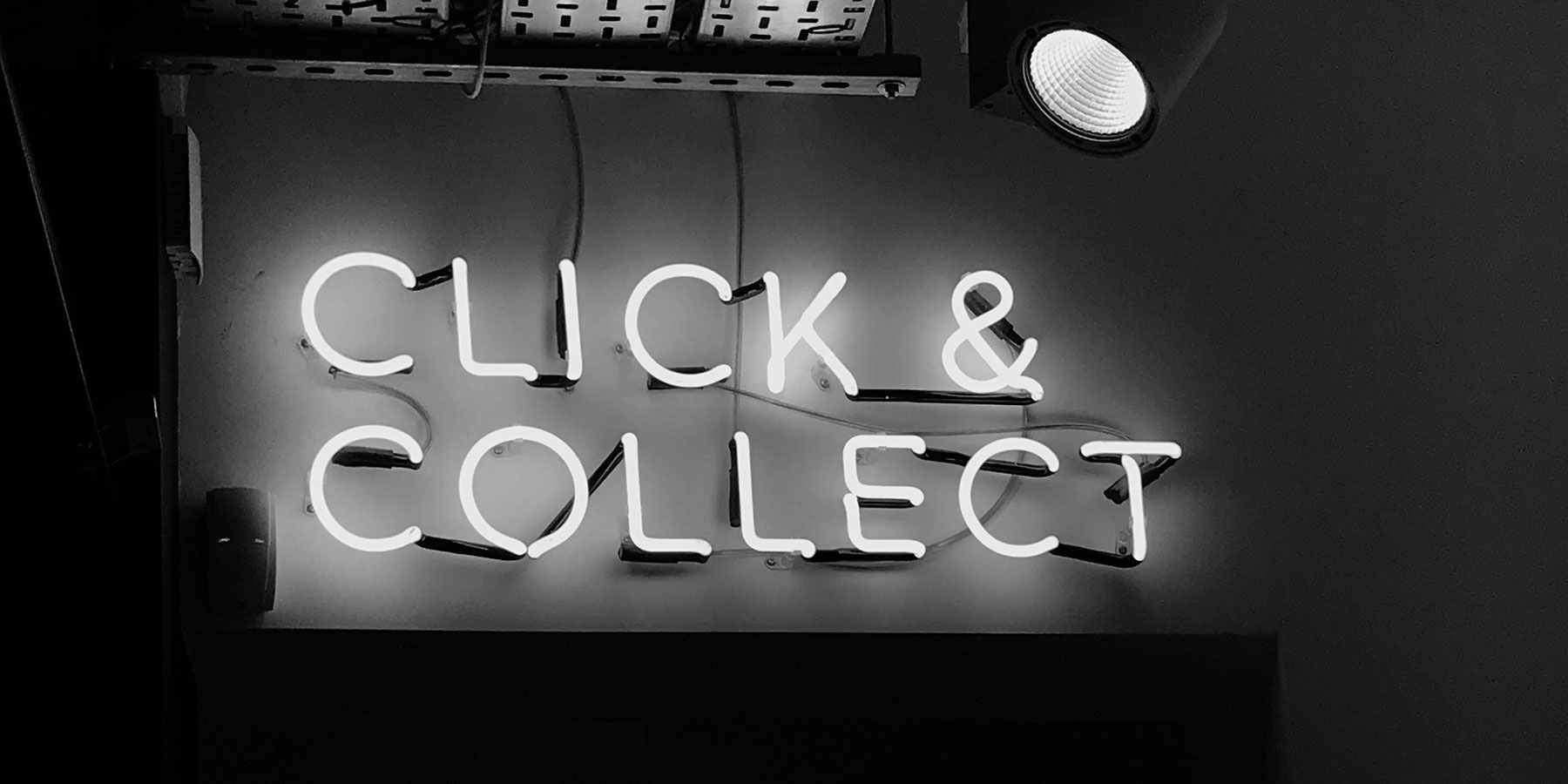Advertising executive John Caples once said, “I spend hours on headlines—days if necessary.” That sounds great, but you probably don’t have that kind of time. By the time you get your article into the CMS, you may only have a placeholder title that’s been there since you first started the process. The same goes for headlines. The best way to test that is to ask someone who wasn’t involved in the creative process. “Turn to a friend or colleague and share your suggested headline,” Moore said. But certain topics have specific angles so make a few small changes and test how it performs. “The hardest pieces to headline are the ones where the editor is asking: ‘Why did we even write this?” Moore said. The headline? “The headline process has to start with distilling the essence of the story. To make sure your content is showing up in search rankings, keywords in headlines are, well, key.
Advertising executive John Caples once said, “I spend hours on headlines—days if necessary.”
That sounds great, but you probably don’t have that kind of time. You already spend enough researching, writing, and editing. By the time you get your article into the CMS, you may only have a placeholder title that’s been there since you first started the process.
You might have a quick brainstorm with your colleagues. Or maybe you just come up with something on the fly. Sound familiar? It’s something we’ve all done at some point, but it’s a false economy.
“If your headline doesn’t pull the browsing reader in and get them engaged in the piece, all the other work you’ve done was wasted,” explained Peter Beech, a copy editor at the Guardian.
How can you make sure you’re writing a catchy headline that does justice to the article behind it? I asked Beech and three other headline experts to share their best pieces of advice.
Read a ton of headlines
When authors and reporters offer writing wisdom, they always mention one tip: read a lot. The same goes for headlines.
According to Dan Mennella, former homepage editor at the New York Post, “Read headlines—as many as possible—so you become conversant in ‘headline speak.’” That way you start to understand what formats, styles, and even specific words make for an effective title.
Doing so can be as simple as setting up a Google alert for the latest content in your field and seeing what resonates. For a good starter course, CoSchedule offers a tearsheet full of 500 “power words” that help with building emotional headlines. If you want to go one better, sign up for a tool like BuzzSumo, which will show you the most popular headlines on a given topic.
Don’t get too clever or cryptic
The main objective of a headline is to convey what an audience should expect from the actual piece. For that reason, clear and descriptive beat clever and cryptic most of the time.
“Don’t live by the Forrest Gump rule,” warned Judann Pollack, executive editor at Ad Age. “A good headline is not like a box of chocolates. You should always know what you’re going to get.”
For example, when this Quartz headline tells you that “Mao Zedong’s Favorite Car is Now a Luxury Limo with Personal AC and Massage Functions,” you know exactly what information you’re going to find. Bloomberg’s attempt at covering the same story leaves potential readers slightly more confused, and therefore less likely to click: “Mao’s Red Flag May Need to Evoke Panda DNA to Beat Audi.”
Heidi Moore, a digital media consultant who has worked with publications like Mashable and The Wall Street Journal, agreed. “The biggest mistakes in headline writing occur when editors get comfortable with vagueness. Nobody’s curiosity is piqued by something vague,” she said. “Headlines should be entirely direct.”
However, that doesn’t mean your headline has to read like a dull press release. There’s still room for creativity, as long as it’s unambiguous. The best way to test that is to ask someone…

COMMENTS